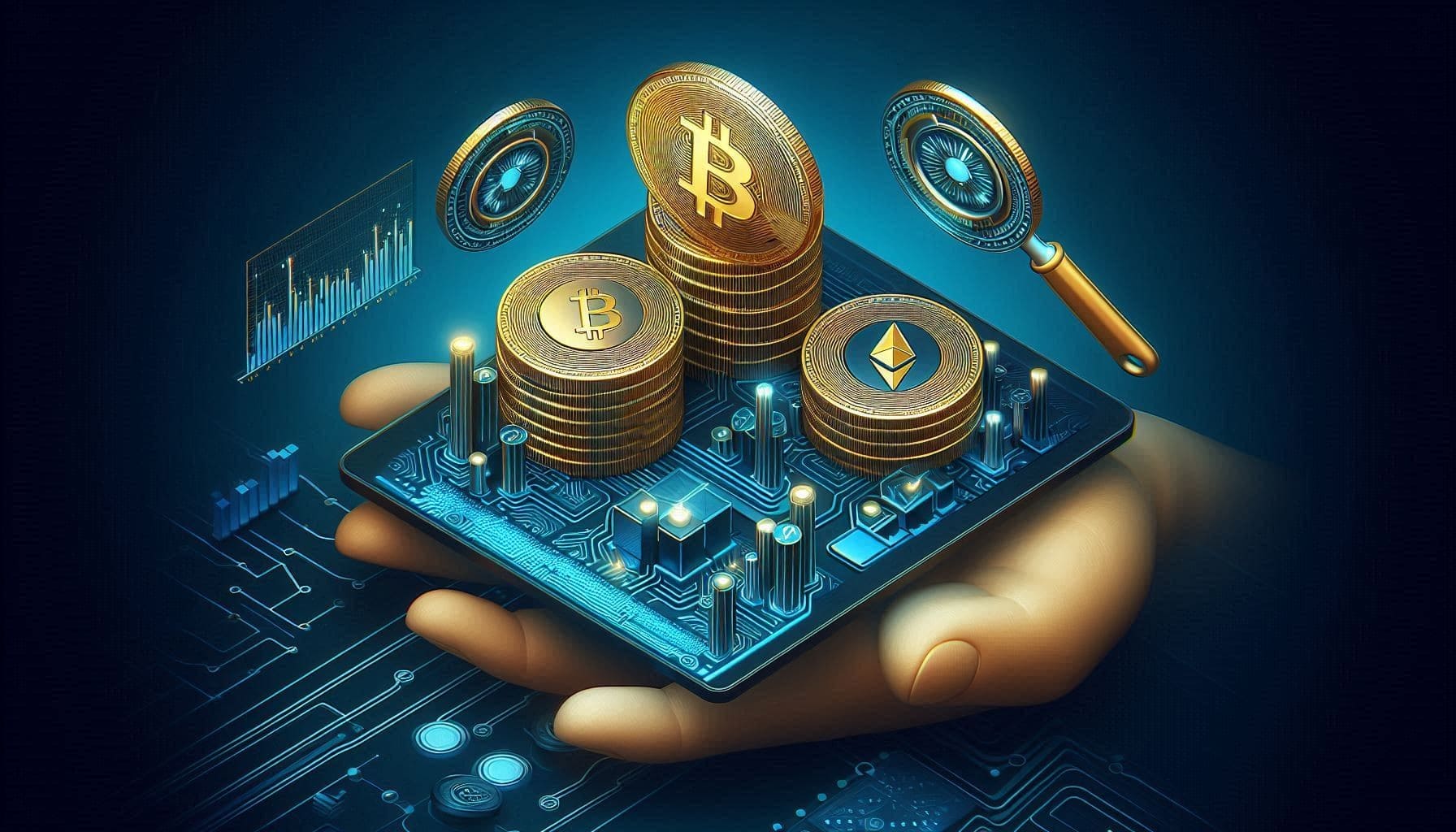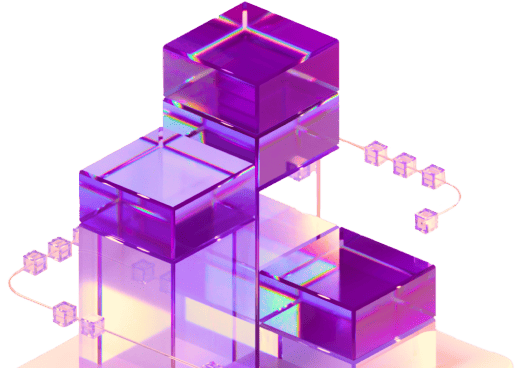2024 Staking Cryptocurrencies and Blockchain Technology Complementarity: A Secure, Transparent, and Decentralized Future
As we enter 2024, the synergy between staking cryptocurrencies and blockchain technology is poised to redefine the future of the digital economy. This complementary relationship is driving the development of more secure, transparent, and decentralized systems that promise to revolutionize finance and other sectors. Together, staking and blockchain technology are forming the bedrock for a future where trust, security, and decentralization take center stage, offering new opportunities for individuals, businesses, and institutions alike.
The Growing Role of Staking in Blockchain Networks
Staking is emerging as a fundamental component in the world of blockchain, providing a mechanism through which cryptocurrency holders can participate in securing, validating, and governing blockchain networks. By locking up their assets, participants can earn rewards while contributing to the decentralization and security of blockchain platforms. This process is quickly becoming one of the most attractive features of blockchain technology, especially with the shift towards energy-efficient consensus mechanisms like Proof of Stake (PoS).
In 2024, staking is expanding its role, not just as a way to earn passive income but as a means to strengthen the integrity of decentralized networks. This is particularly important in a time when transparency and security are paramount concerns in digital finance and beyond. Staking, by design, encourages user participation and fosters a more active and engaged community, enhancing the resilience and scalability of blockchain networks.
Blockchain Technology: The Pillar of Transparency and Security
Blockchain technology itself is the backbone of a secure and transparent decentralized future. Through its immutable ledger and decentralized architecture, blockchain ensures that every transaction is recorded transparently and securely, with no central authority in control. This offers a level of trust and security that traditional financial systems and centralized technologies have often failed to deliver.
In 2024, blockchain’s capacity to ensure transparency is becoming more critical, particularly as the world increasingly embraces decentralized finance (DeFi) applications. The transparency that blockchain provides ensures that all participants have access to the same data, which fosters an environment of trust and accountability. By coupling blockchain with staking mechanisms, the security of these decentralized networks is further reinforced, creating a system where users can rely on both the technology and the community to uphold network integrity.
Decentralization: The Future of Financial and Digital Systems
Decentralization lies at the core of both blockchain technology and staking mechanisms. Unlike traditional financial systems that rely on centralized intermediaries such as banks or payment processors, blockchain networks are decentralized, allowing for peer-to-peer transactions without the need for a trusted third party. This not only reduces costs and inefficiencies but also democratizes access to financial services.
In 2024, the combination of staking and blockchain will push the boundaries of decentralization even further. Staking allows users to have a say in the governance of blockchain networks, empowering individuals to shape the direction and decisions of the platforms they participate in. This model enhances the principles of decentralization, creating a more inclusive and distributed decision-making process.
Moreover, blockchain’s decentralized nature ensures that there is no single point of failure, which is a key feature in enhancing the resilience and security of the system. Staking, by incentivizing widespread participation, strengthens this decentralized infrastructure, making it more robust against attacks or manipulations.
A Secure Future with Staking and Blockchain
One of the most promising aspects of the staking and blockchain synergy in 2024 is the enhanced security it offers. The blockchain’s decentralized structure ensures that no single entity controls the system, while staking adds an additional layer of security by encouraging participants to act in the best interest of the network. By locking up tokens as part of the staking process, participants have a vested interest in maintaining the integrity of the network, as they stand to lose their staked assets in the event of malicious behavior or breaches in protocol.
Furthermore, staking mechanisms are designed to incentivize honest participation by rewarding users for their contributions. This creates an environment where malicious actors are discouraged, and network security is continuously reinforced by the collective efforts of stakeholders. In 2024, this dual layer of security—provided by both blockchain technology and staking—will make decentralized networks safer than ever before, attracting more users and businesses to embrace blockchain-based solutions.
Transparency: A Cornerstone of the Decentralized Economy
Transparency is a fundamental principle of blockchain technology, and it is precisely this feature that makes blockchain so attractive for a variety of applications, from finance to supply chain management. With the increasing reliance on decentralized platforms, 2024 will see further strides in using blockchain to provide transparent records of transactions, actions, and decisions.
By pairing staking with blockchain’s inherent transparency, users can be assured that their actions and rewards are fair and verifiable. The entire staking process, including rewards distribution and governance decisions, is visible to all participants, creating an environment of accountability and trust. This transparency not only benefits individual users but also makes blockchain networks more attractive to enterprises looking to integrate decentralized technologies into their operations.
In 2024, businesses and governments alike are beginning to recognize the value of transparency in blockchain networks. As regulations around digital assets evolve, blockchain’s transparency will play a pivotal role in ensuring compliance and fostering trust in decentralized systems.
The Broader Impact of Staking and Blockchain on the Economy
As blockchain and staking technologies continue to develop, their impact on the global economy will become increasingly profound. In 2024, we can expect to see widespread adoption of decentralized applications (dApps), DeFi protocols, and other blockchain-based financial services. Staking will continue to be a central mechanism in these platforms, providing users with opportunities to earn rewards, participate in governance, and contribute to the network’s security.
The combination of staking and blockchain will enable a more efficient, secure, and equitable financial system. With decentralized financial services, individuals will no longer be dependent on centralized institutions for access to credit, lending, or savings. Staking mechanisms will empower users to take control of their own financial futures, while blockchain will ensure that all transactions and interactions are conducted in a transparent and secure environment.
Conclusion: A Future Built on Trust, Security, and Decentralization
The synergy between staking cryptocurrencies and blockchain technology in 2024 is creating a future that is more secure, transparent, and decentralized than ever before. As blockchain continues to evolve, its ability to offer trustless and immutable records of transactions will be further enhanced by the growing adoption of staking mechanisms. Together, these technologies are laying the foundation for a more inclusive and resilient digital economy, where individuals, businesses, and institutions can all benefit from the principles of decentralization, security, and transparency.
In 2024, we are witnessing the convergence of two of the most transformative technologies of our time, and the possibilities they offer are limitless. The future is clear: staking and blockchain technology are leading the way toward a more secure, transparent, and decentralized world.

 English
English
 Deutch
Deutch
 Espanol
Espanol
 Francais
Francais
 Portugues
Portugues
 日本
日本
 한국인
한국인
 Türk
Türk
 Русский
Русский
 Tiếng Việt
Tiếng Việt

